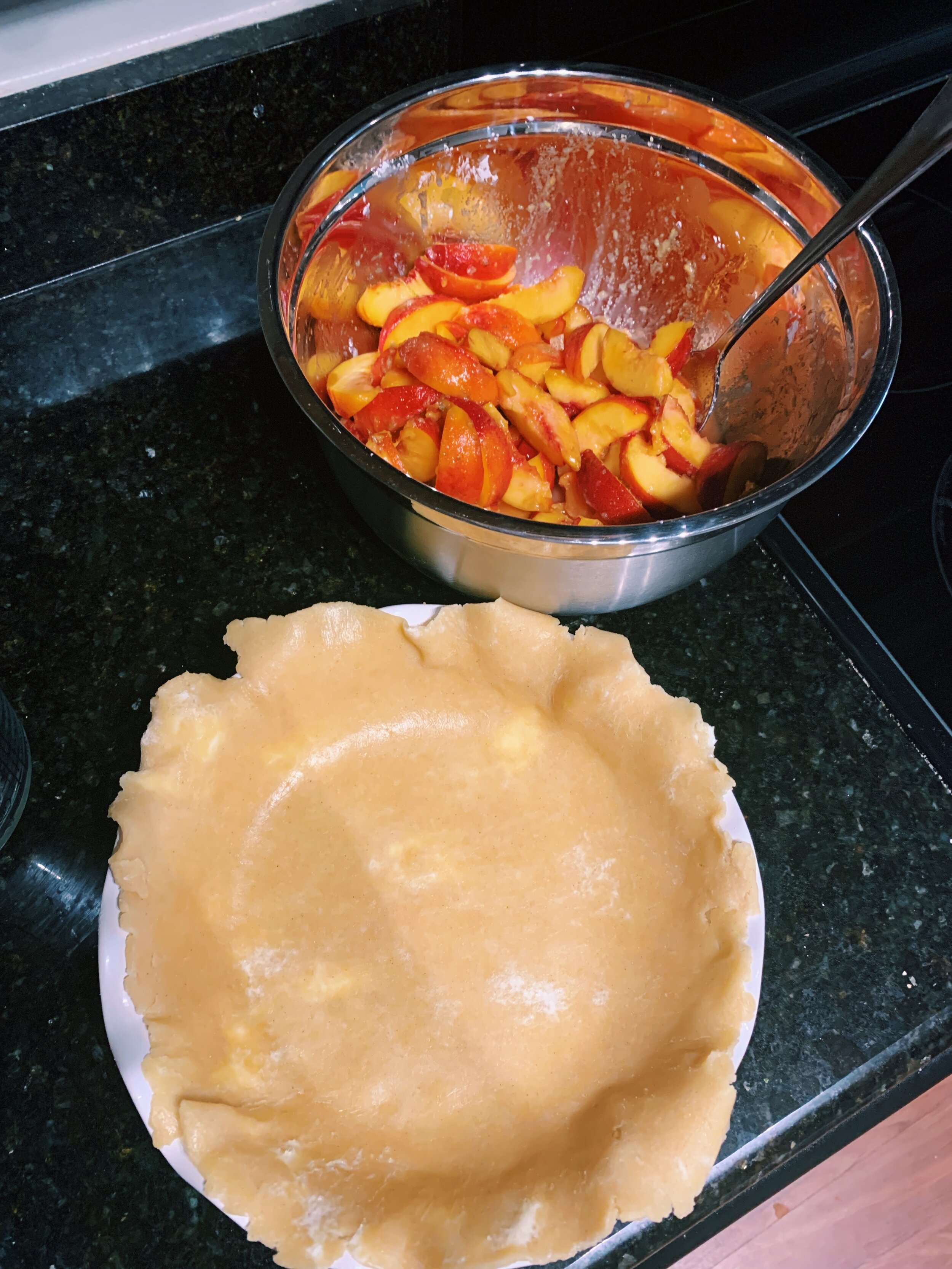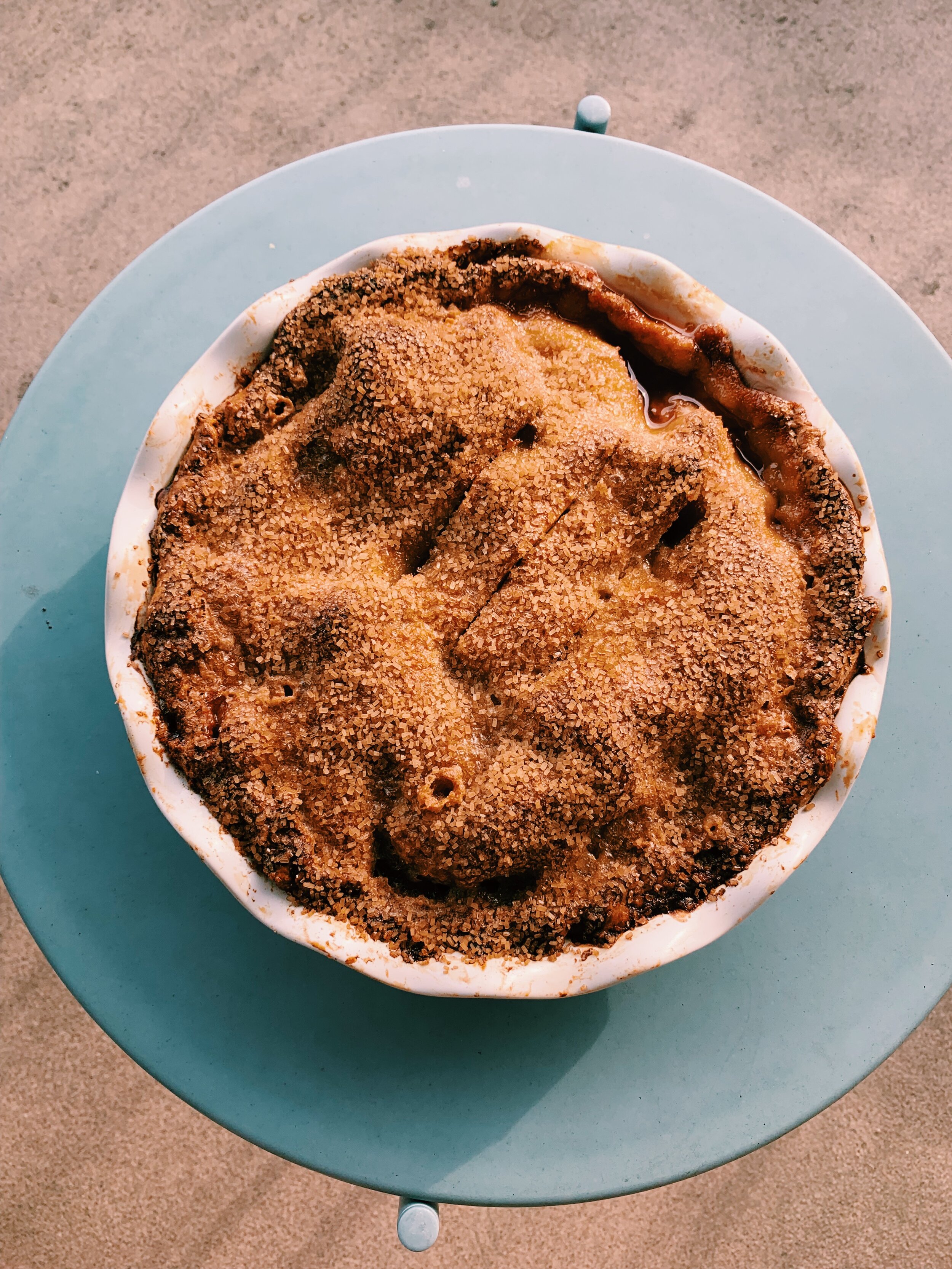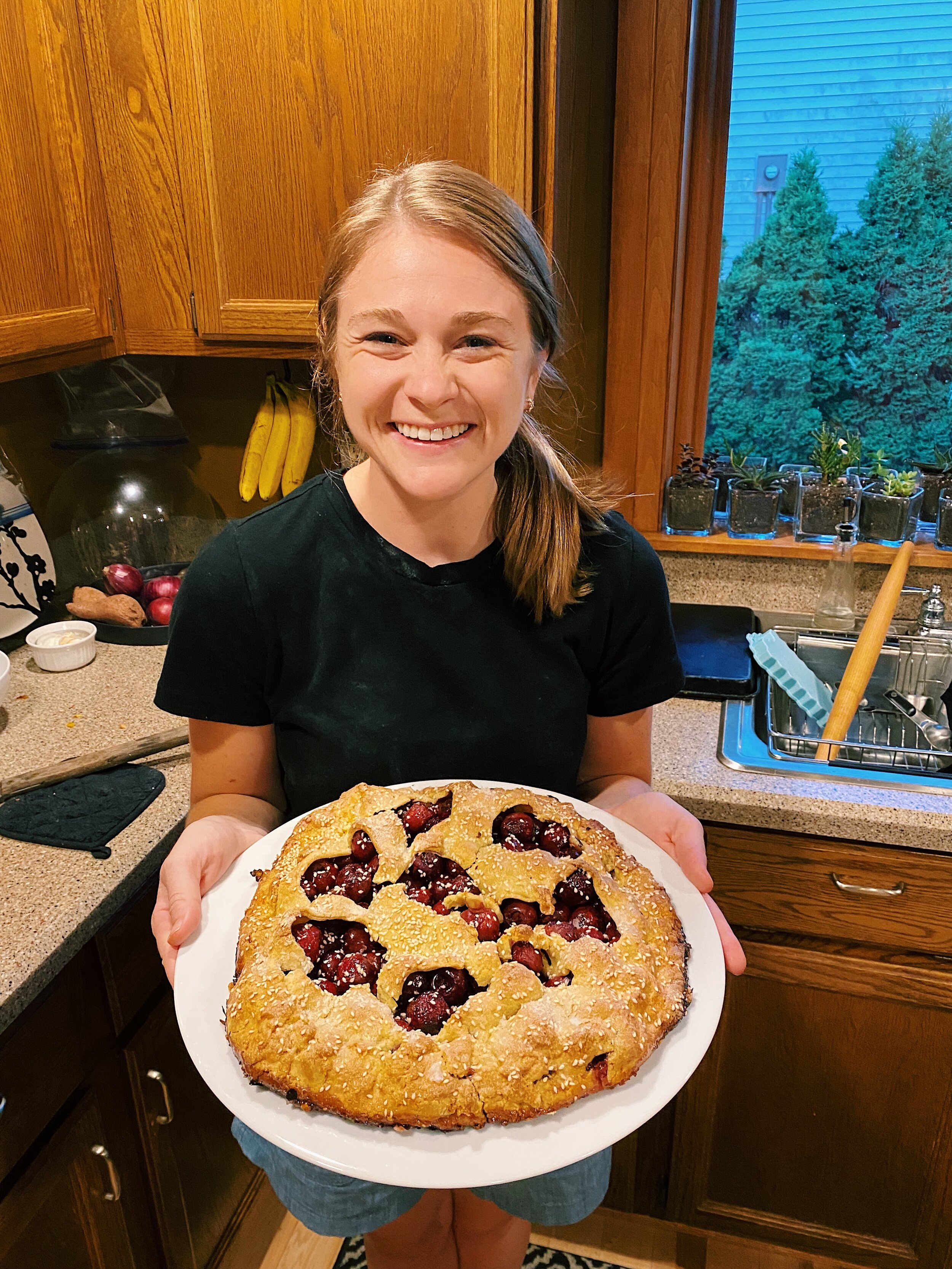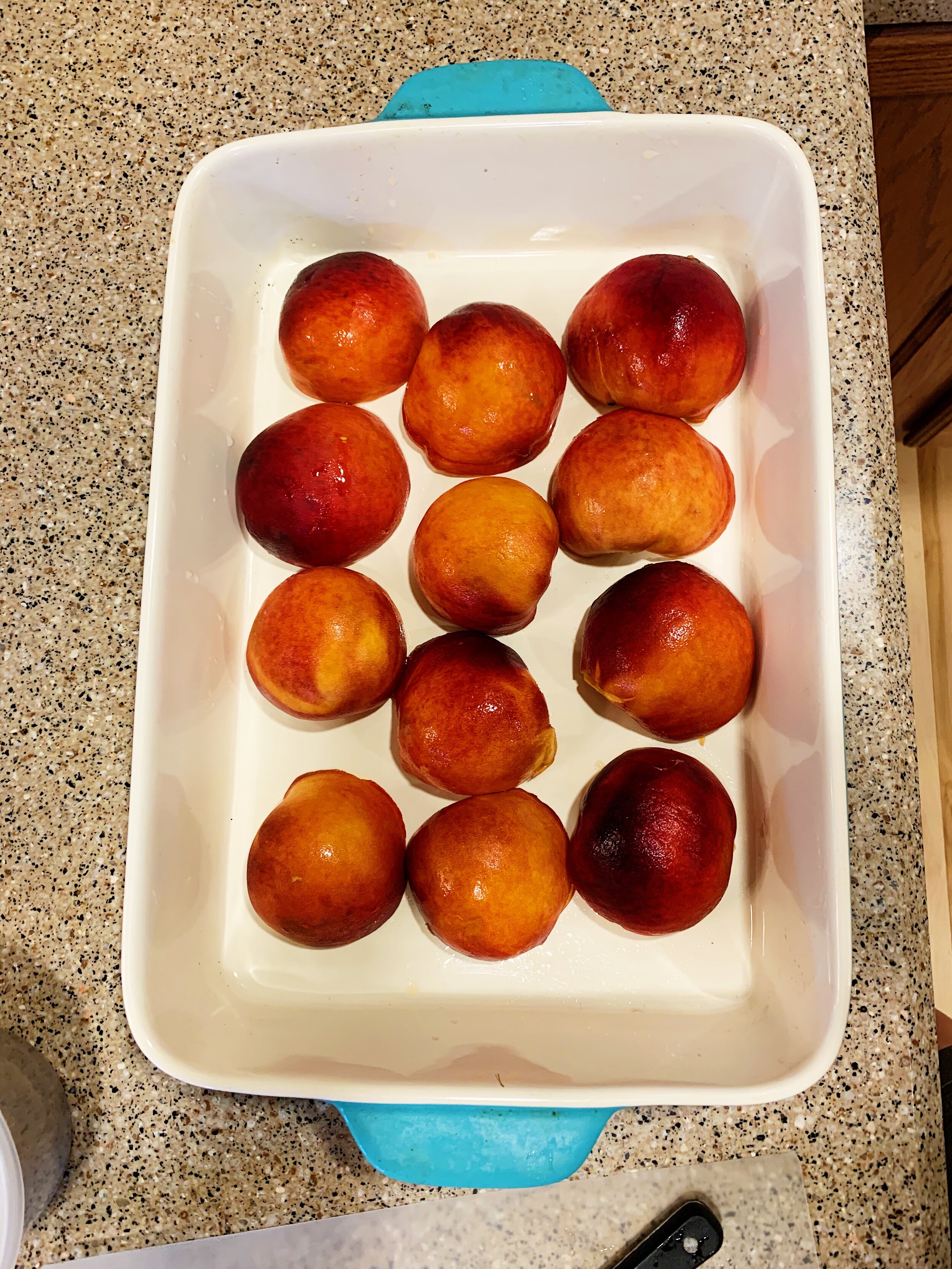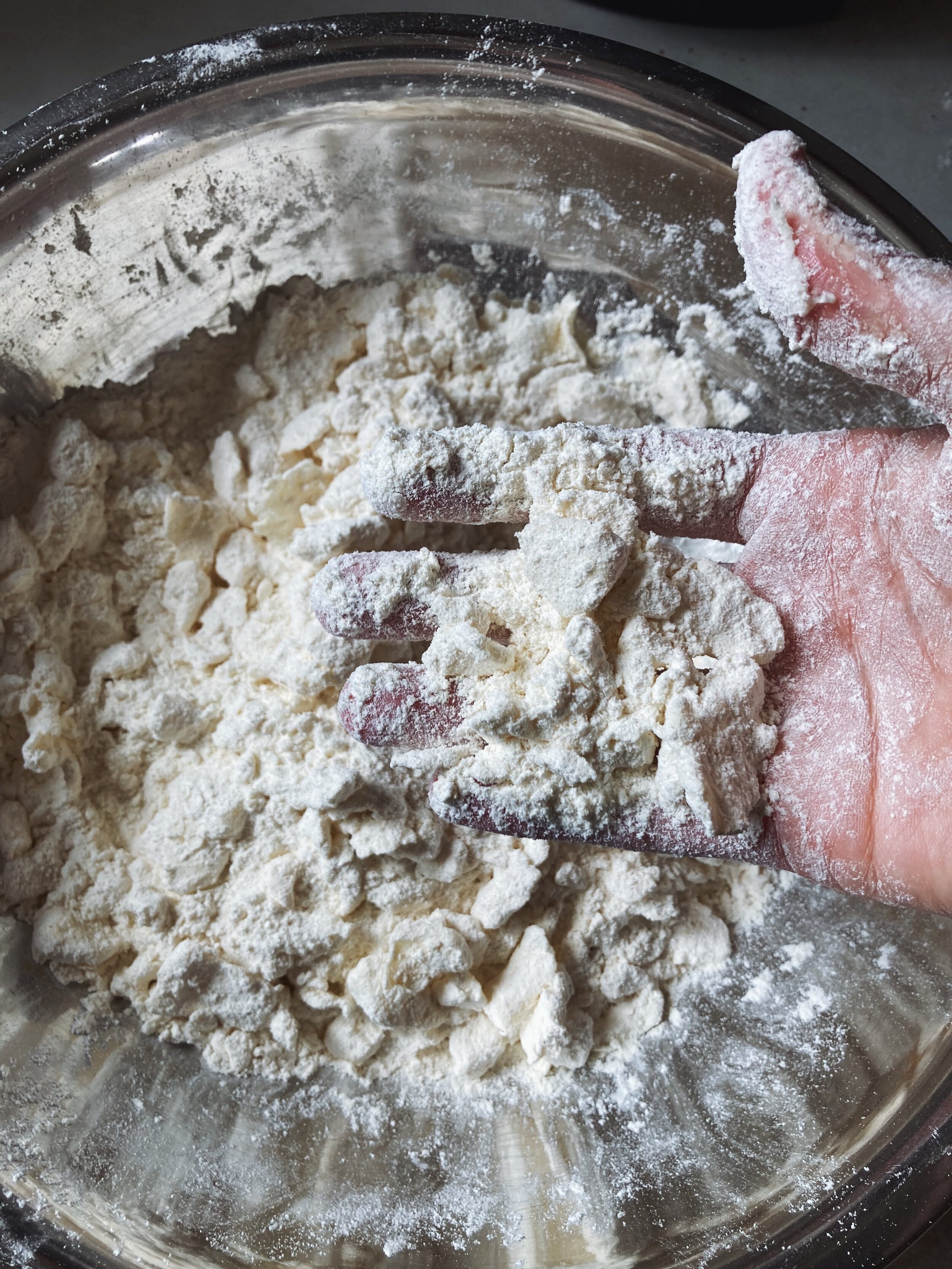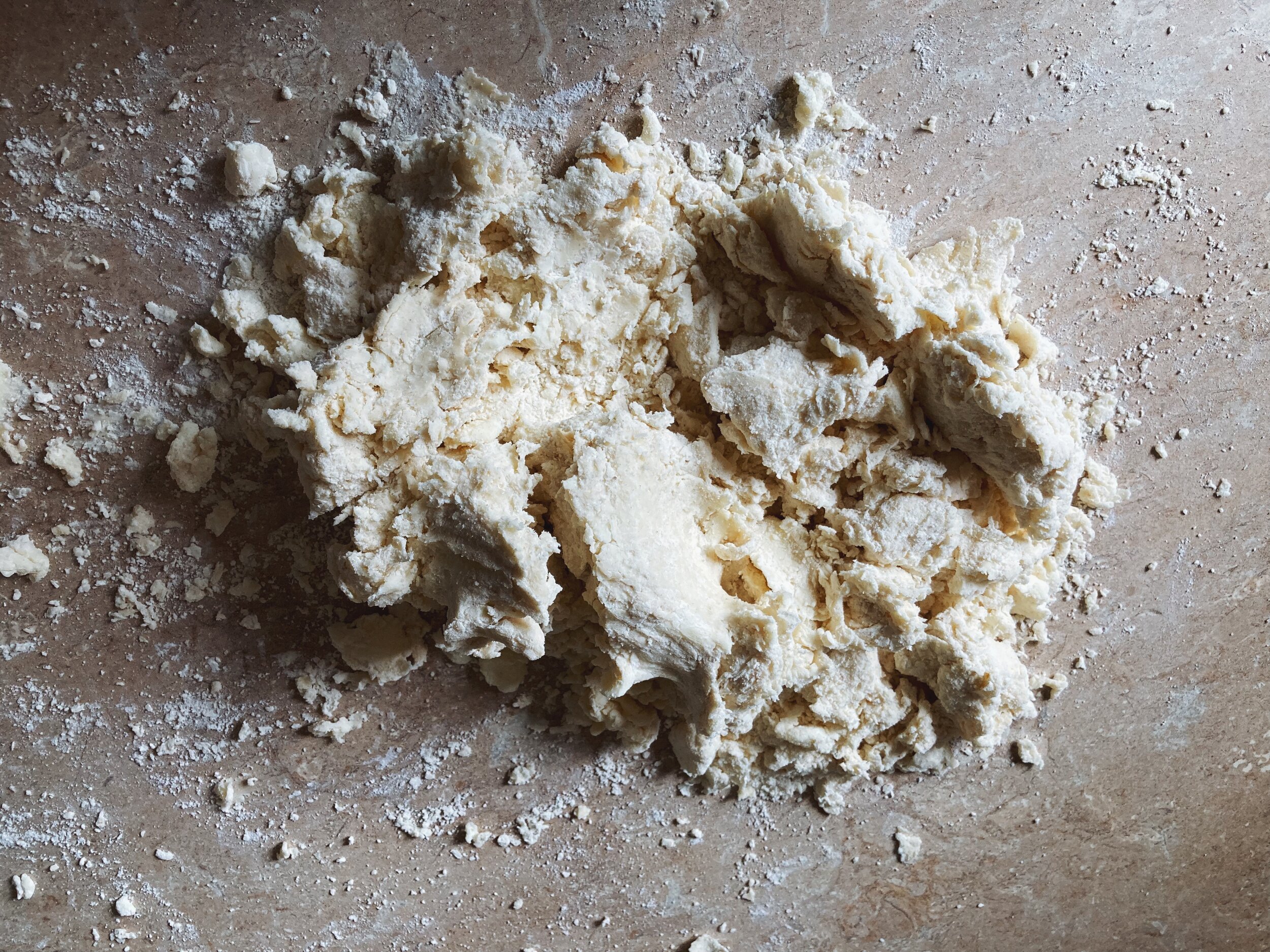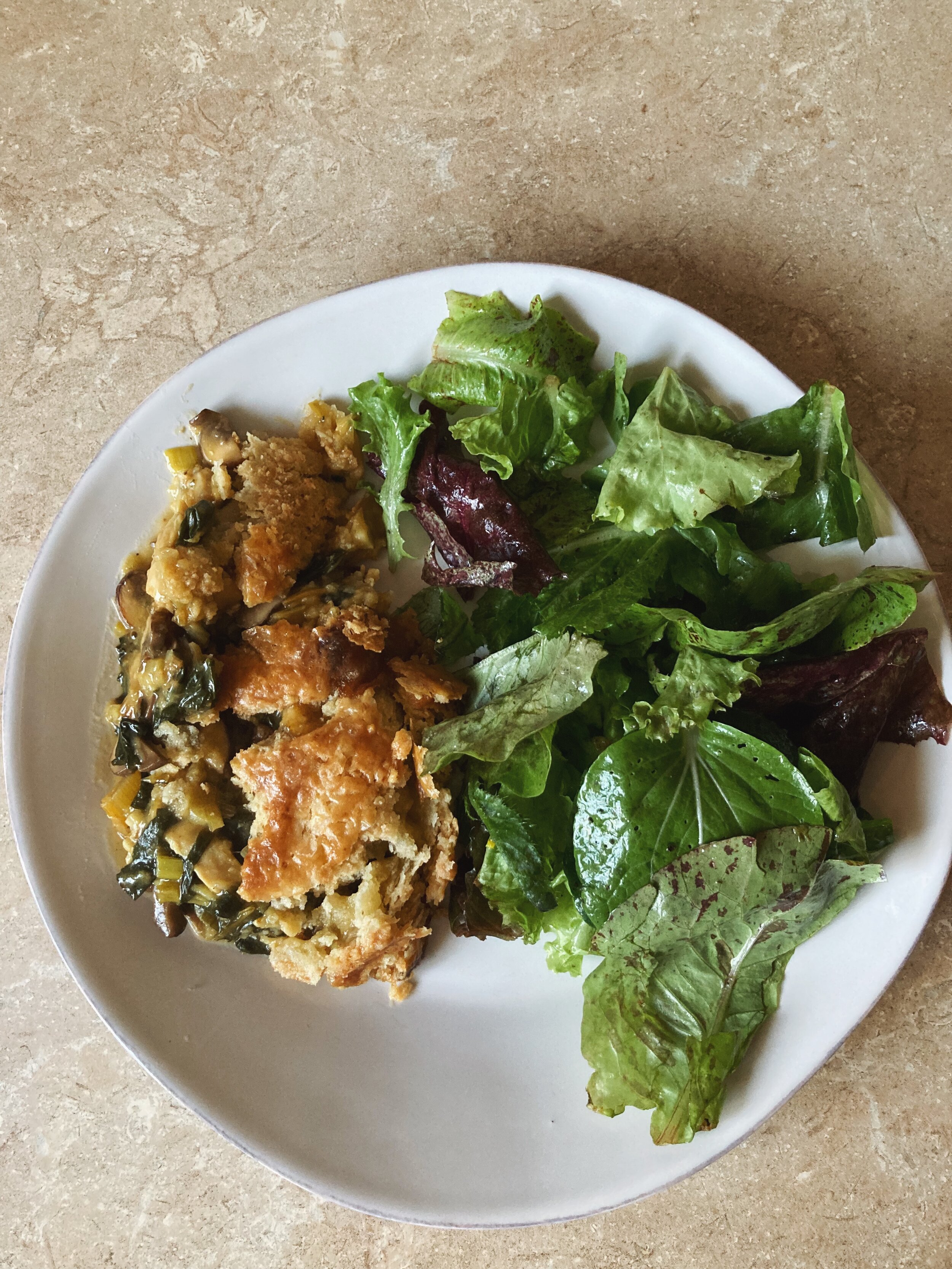I like pistachios, and I really like plums. Sadly, I didn’t care for this dessert.
The pistachio topping was a little too wet and the pistachio flavor too overpowering. The plums became nice and jammy, but their flavor was too sweet for me. It needed to rely on the natural sugar more, and added sugar less. Normally with a fruity dessert, I’d say layer on the ice cream, but that would have made an already overly sweet dessert even sweeter.
The assembly is rather simple, like any fruit cobbler. The fruit is tossed with corn starch, sugar, and your acid of choice. The topping consists of butter, flour, sugar, spices, and nuts, then gets scattered on top of the fruit to bake. I love simplicity, but I’d prefer to use my plums differently.
Next plum season, I’ll opt for just making Alison’s Torn Plum Browned Butter Cake like five times in a row. That cake is incredible. Seriously, go make it.
132 recipes cooked, 93 to go.









